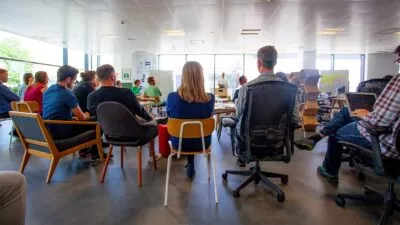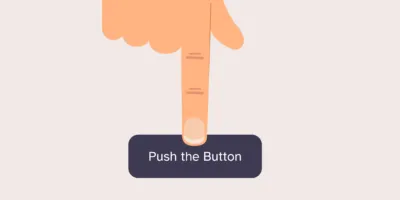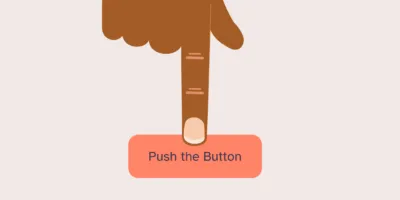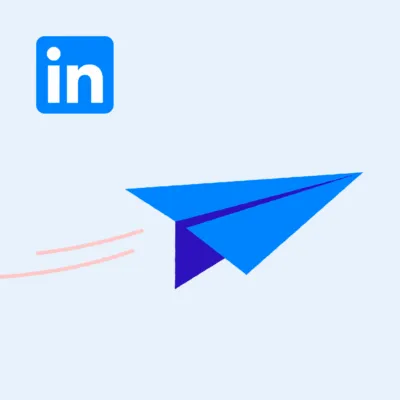24 May 2022
Going employee-first to go customer-first
Why is it just as important to focus on your employees as much as you do your customers? Making a strong case to businesses, our Practice Director, Dan Harris, shines a light on the employee engagement space.
-
Dan Harris
This blog was originally published in 2019 however the content is still as relevant, if not more so in this post-pandemic, era of the great resignation.
The past 20 years of organisational development has been defined by a series of technology-driven transformations. In the 70s through to the 90s, computerisation overturned the notion of typing pools and even the use of paper. In the noughties, digitalisation revolutionised how organisations networked themselves with partners and customers. Now we’re seeing a further revolution driven by AI technologies, set to automate so much of what we previously employed humans to do. As well as improve turnover, technology driven transformations promise to simplify and streamline.
However, the organisations we work with are finding themselves with an increasingly complex set of challenges out of these transformations. In a number of our recent client engagements, we have studied the extent to which organisations across four continents are able to thrive from what will continue to be accelerated change.
The case for investing in the ‘back stage’
In many organisations, investment in digitalisation has been focussed on customer-first, i.e. digital services that improve customer’s experience and revenue for the business. Despite this concentration of funding to deliver market share it has done so without building an operation capable of robustly servicing this growth, or with the knowhow to continuously develop the customer experience.
To put it another way, there has been a dearth of budget to develop services for employees to deliver to ever higher customer expectations. But remember, employees are customers too, with the same expectations, ironically dashed as they enter the workplace threshold. Sara Ortloff Khoury, Director, UX Design at Google, has also concluded after similar ethnographic studies that
“Traditional enterprise products don’t reflect how people work — our pain points, our tasks across the workday, our desire to stay a step ahead. They lack human-centered design”.
Increasing turnover through the front stage is one thing, but the only way to subsequently impact the bottom line is to invest in the employee experience as well. Richard Branson articulates this dual approach:
“If the person who’s working for your company is not given the right tools, is not looked after, is not appreciated, they’re not gonna do things with a smile and therefore the customer will be treated in a way where often they won’t want to come back for more”

Healthy workplaces
In some organisations, the speed of this digital change, has far outperformed the rate of an appropriate cultural change required for organisations to really benefit. And the symptoms are the same for many organisations: inefficient internal processes, time consuming manual workarounds, and tired operations and systems that no longer meet the needs of workers.
To many this is not trivial. In the US, 50% of employees have missed work because of stress. And according to author Jeffrey Pfeffer, it’s leading to ‘social pollution’
“We are harming both company performance and individual well-being… Some companies are killing their workers. People have been harmed. If I had to bet on how this will change, some company is going to get sued”
I believe now is the perfect time to engineer your organisation around your employees. I also believe that by doing so, the incumbent organisations beset with disruption over the past few years (by agile startups), could begin to fight back. How? by combining their brand power with a renewed sense of purpose. As the futurist Blake Norman said on AirBnb,
“Culture is the secret sauce for some of today’s most innovative and competitive companies.”

Here are some common strategies we’re seeing win:
Making information slick
We’re seeing increasing investment being made in the tools we all use to operate day to day. Training is being re-invented by many companies we talk to. We’re working with our global hospitality client to rapidly build a continual learning service which supports employees’ entire career journeys; whether their journey is at the same company or not. It’s been in direct response to the insights we gathered through talking to a cross section of their staff base. From room staff to area management who are subject to a web of bottlenecks in their career ambitions, some as simple as not being able to locate the training they need to move on. By simply making training findable, relevant, and usable, we’re helping the organisation move key business dials, such as retention and engagement.
Freeing employees from poor software
Poor software tools are a huge cost to organisations. One public sector partner we have worked with originally employed over 20 staff just to manually update an IT system which was unable to link to APIs. We’re now working with them to transform the software and to deploy staff to more creative and productive work that improves citizens’ lives.
We were appointed by our US retail client to study a number of their footwear stores to understand how customer assistants and managers were able to deliver the customer experience that the brand promised. We found several major fail points where multiple software systems had to be manually cross-checked to understand sizing and stock levels as well as clunky payment processes. Staff made up for the time this took by sprinting between customers and the stockroom. We found managers spending their evenings moving data between their staff rota software and requests for shift swaps on their team’s WhatsApp channel. As a result, we’re working with our client to re-think the in-store staff and customer journey, using the needs we discovered to drive their software requirements.
Connecting the dots
Our clients are also seeing the benefits of improving how data, information, and content move between people and systems. Where once monolithic IT platforms were implemented and customised, costing organisations money and time in maintenance contracts, there is now a growing movement to use multiple lightweight micro-services, connected through APIs to ‘consumer-grade’ interfaces that employees expect and love.
Our hospitality client is following this strategy. They are producing training content that can be interfaced through the channels that staff actually want to use, such as Whatsapp. They are able to personalise these experiences through using content cloud services such as Contentful, scheduling services such as Eventbrite. And if their requirements inevitably change, they can swap these microservices for the latest within a matter of hours. And all this is freeing up their IT staff to focus on what’s important – creating better ways for employees to serve their customers that keeps them coming back.
Engineering brilliant organisations
Our clients are seeing just how much opportunity there is in getting as close to their employees as they are with their customers. And then by understanding what matters on both sides of the stage, they can orchestrate experiences that offer true value to all.
As our luxury car maker client has said “our customers buy into the engineering heritage of our brand. So if we’re not engineered to the same degree as an organisation, it’s obvious to everyone and damaging to the brand”
I’m hugely excited about the year to come because there is more and more support gathering for changing the script on how organisations operate together to create better lives for employees, customers, and communities.
How to do it? Start the work of watching your team work; listening to what they need, and designing tools that will facilitate a brilliant organisation from here on in.
If you’d like to chat to us about employee-first challenges within your organisation, then get in touch for a chat hello@cxpartners.co.uk





